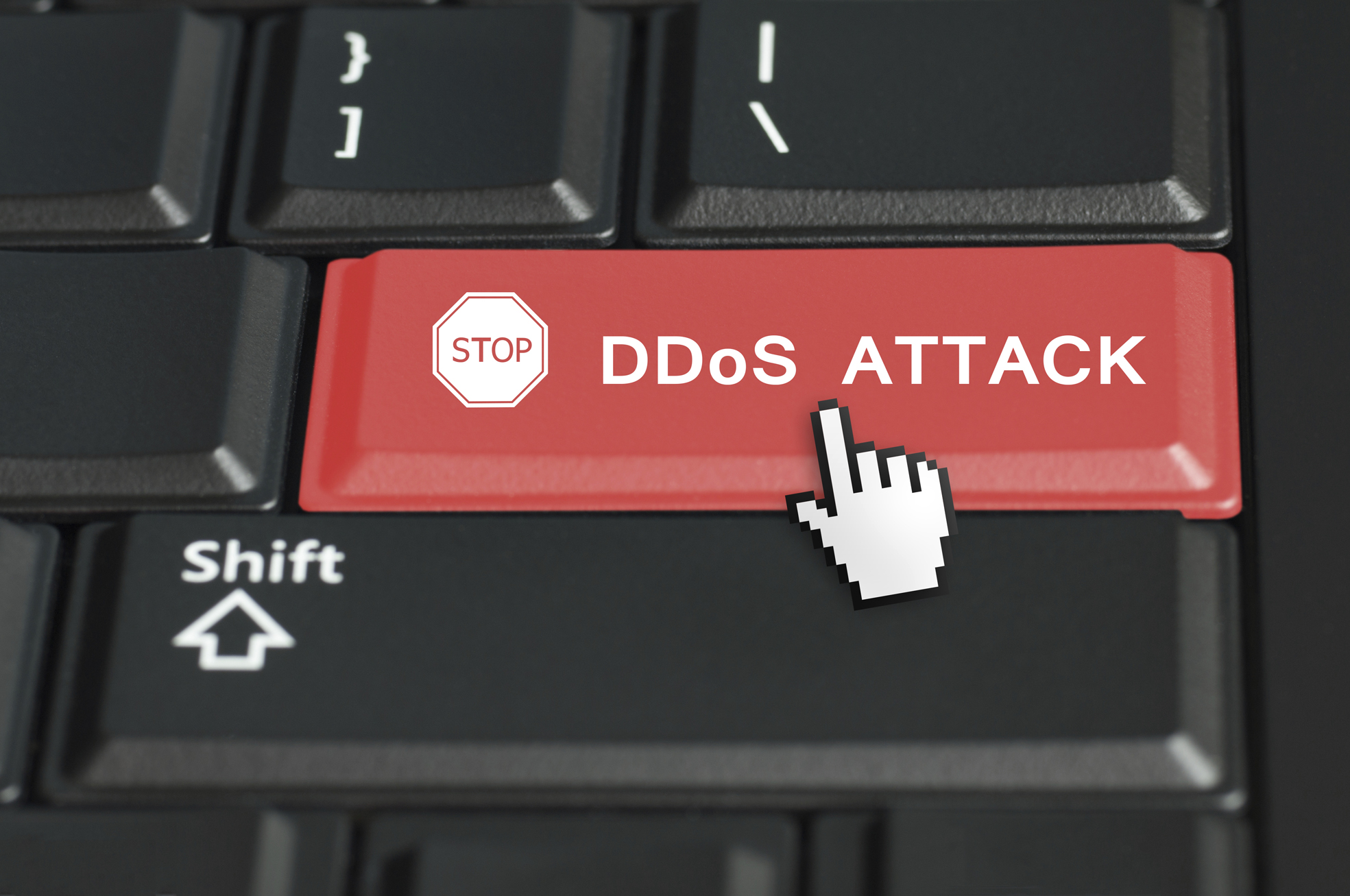Here’s How Businesses Secure Their Dedicated Server From DDoS Attacks
A recent Global DDoS Attack Report by Akamai shows that DDoS attacks have gone up by 22 percent and there’s a 241 percent increase in average peak bandwidth. Cyber crimes are getting sophisticated by the day. Some of the crimes aren’t intended to be a crime but then, most are attempts to damage a brands reputation, activism, etc. As more and more people are discovering the power of the internet, the number of wannabe hackers is also going up. DDoS is one of the most common cyber crimes, and that is probably because it is not just easy to execute but it is also easy to learn. In fact, a simple Google search will hand you a bunch of Perl scripts along with tutorials with step by step instructions to execute a DDoS attack!
The introduction of DNS security extensions (DNSSEC) and EDNS0 have made matters worse. The irony is that, both were meant to add security to the DNS framework. Since its implementation, EDNS0 has made DNS security a nightmare by allowing DNS messages up to 4096 bytes. In contrast, DNS queries and responses rarely exceed 100 bytes in size. DNS security extensions stores encryption keys and digital signatures, two loopholes that can be exploited.
A DDoS attack begins by compromising personal or business computers, servers, entire networks or a combination of all three. These compromised computers then send DNS queries to the victim computers, servers or networks. The steep spike in traffic consumes all the available bandwidth and denies access to legitimate traffic. Unless your server is prepared to mitigate DDoS attacks, a 13 year old kid with a tablet can cause lasting damage to your business. You have four possible choices:
1. Take matters in your own hands: you can install DDoS detection and prevention scripts or, install a firewall. Some simple loopholes like rate limiting router, adding filters to router, setting timeout for half open connections, etc. can be easily fixed.
2. Install DDoS prevention hardware: although not very successful and expensive, some datacenters choose to install custom built hardware for protecting servers and networks from DDoS attacks. This purpose built hardware is not cost effective for small businesses as it needs a team for maintenance.
3. Consult your ISP or hosting provider: allowing a DDoS attack can be very expensive for a ISP or hosting provider as it can affect their network and other customers as well. They normally have experienced staff monitoring their networks and servers trained to stop DDoS attacks and deal with them.
4. Contact a DDoS specialist: cloud based solutions offer effective DDoS mitigation by filtering bad traffic. They use a combination of hardware, software and excess bandwidth to keep your website or server online.
With one of the above steps you can add a layer of protection that your business needs. Next week we’ll look into some basic steps you can take to protect your dedicated server.


 13/11/2015
13/11/2015
